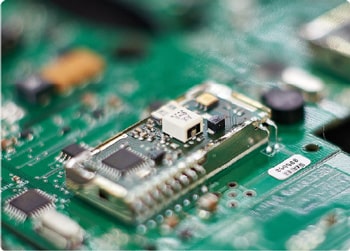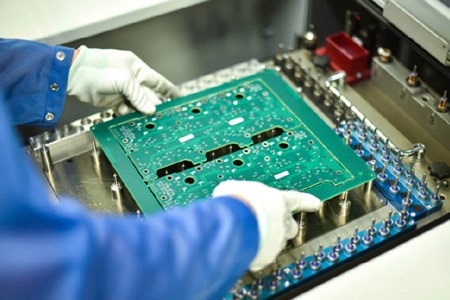How to judge the order of blind buried vias in PCB design
The order of blind buried vias in PCB design is mainly based on the complexity of its connection method and manufacturing process. The following is a detailed explanation of the method for judging the order of blind buried vias:
1. Basic concepts of blind buried vias
Blind vias: Blind vias are vias that connect the inner layer traces of PCB with the surface layer traces of PCB. This hole does not penetrate the entire board. It is mainly used to connect the surface layer with the adjacent inner layer, and is often used to increase the space utilization between layers, such as connecting the power layer and the signal layer. Since blind vias do not penetrate the entire board, signal interference can be effectively avoided.
Buried vias: Buried vias are holes completely located inside the circuit board. They connect different inner layers without conducting to the outer layer. It is mainly used in high-density circuit board design to increase the available space of other circuit layers. The production process of buried vias is more complicated than blind vias and traditional through holes, and the cost is relatively high.

2. Judgment method of blind buried vias
First-order blind buried vias:
Connection method: First-order blind buried vias refer to holes that only connect two adjacent layers.
Manufacturing process: formed using one-time lamination technology.
Application scenario: mainly used for connections between adjacent layers in simple two-layer boards or multi-layer boards, widely used in consumer electronic products such as smartphones, laptops, etc.
Second-order blind buried vias:
Connection method: Second-order blind buried vias can connect multiple non-adjacent layers, but usually involve more complex multiple lamination and laser drilling processes.
Manufacturing process: Usually requires two or more lamination technologies.
Design features: The design of second-order boards is diverse, including staggered hole design, overlapping hole design, etc., and each design has its specific process flow and technical difficulties.
Application scenario: suitable for high-end electronic products with extreme requirements for electrical performance and physical dimensions, such as high-performance servers, high-frequency communication equipment, etc.
Third-order blind buried vias:
Connection method: Third-order blind buried via technology is more complex and requires three lamination processes to form a multi-layer structure.
Manufacturing process: Compared with first-order and second-order blind buried vias, third-order blind buried via technology has higher wiring density and more complex circuit design.
Application scenarios: As electronic products continue to increase their requirements for circuit board performance, third-order or even higher-order blind buried via technology will become mainstream.
3. Summary
The order of blind buried vias in PCB design is mainly determined by the connection method and the complexity of the manufacturing process. The first-order blind buried via connects two adjacent layers and uses a single stacking technology; the second-order blind buried via connects multiple non-adjacent layers, involving multiple lamination and laser drilling processes; the third-order blind buried via technology is more complex and requires three lamination processes. At the same time, blind buried vias of different orders are suitable for different application scenarios, and designers should choose the appropriate order according to specific needs.







